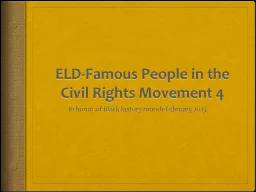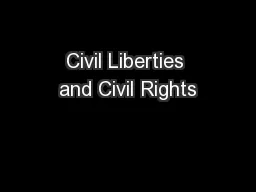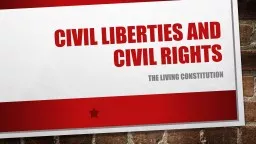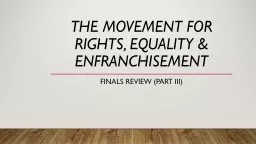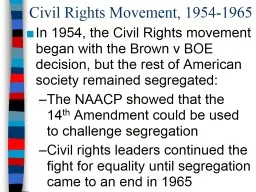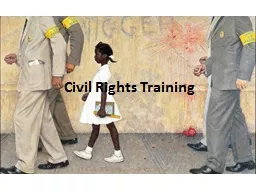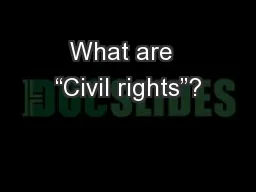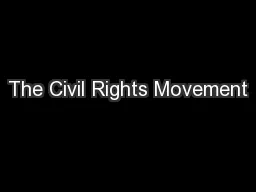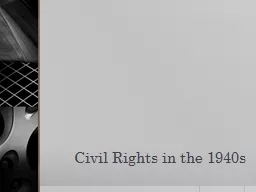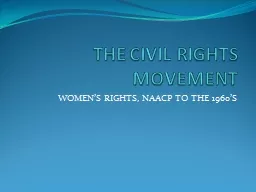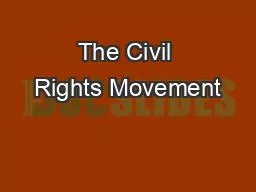PPT-Leaders Of The Civil Rights Movement
Author : mitsue-stanley | Published Date : 2018-01-04
Ben C Horace Greeley High School Ms Pojer American History AP Essential Question What were the goals and tactics of the different leaders of the Civil Rights movement
Presentation Embed Code
Download Presentation
Download Presentation The PPT/PDF document "Leaders Of The Civil Rights Movement" is the property of its rightful owner. Permission is granted to download and print the materials on this website for personal, non-commercial use only, and to display it on your personal computer provided you do not modify the materials and that you retain all copyright notices contained in the materials. By downloading content from our website, you accept the terms of this agreement.
Leaders Of The Civil Rights Movement: Transcript
Download Rules Of Document
"Leaders Of The Civil Rights Movement"The content belongs to its owner. You may download and print it for personal use, without modification, and keep all copyright notices. By downloading, you agree to these terms.
Related Documents


